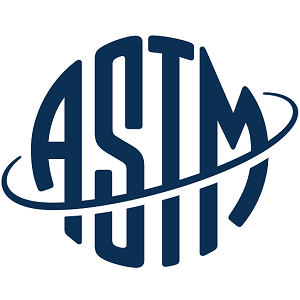


| Standard Number | ASTM E2864-13 |
|---|---|
| Organization |
American Society for Testing and Materials
|
| Level | National |
| Category | Test Method | Characterization | Measurement |
| Status |
|
1.1 This test method covers determination of surface area of airborne metal and metal oxide nanoparticles in inhalation exposure chambers for inhalation toxicology studies. Surface area may be measured by gas adsorption methods using adsorbates such as nitrogen, krypton, and argon (Brunauer et al., 1938; Anderson, 1975; Gregg and Sing, 1982) (1, 2, 3)2 or by ion attachment and mobility-based methods (Ku and Maynard, 2005) (4). This test method is specific to the measurement of surface area by gas adsorption by krypton gas adsorption. The test method permits the use of any modern commercial krypton adsorption instruments but strictly defines the sample collection, outgassing, and analysis procedures for metal and metal oxide nanoparticles. Use of krypton is required due to the low overall surface area of particle-laden samples and the need to accurately measure the background surface area of the filter used for sample collection. Instrument-reported values of surface area based on the multipoint Brunauer, Emmett and Teller (BET) equation (Brunauer et al., 1938; Anderson, 1975; Gregg and Sing, 1982) (1, 2, 3) are used to calculate surface area of airborne nanoparticles collected on a filter.
1.2 The values stated in SI units are to be regarded as standard. No other units of measurement are included in this standard. State all numerical values in terms of SI units unless specific instrumentation software reports surface area using alternate units.
1.3 This standard does not purport to address all of the safety concerns, if any, associated with its use. It is the responsibility of the user of this standard to establish appropriate safety and health practices and determine the applicability of regulatory limitations prior to use.
